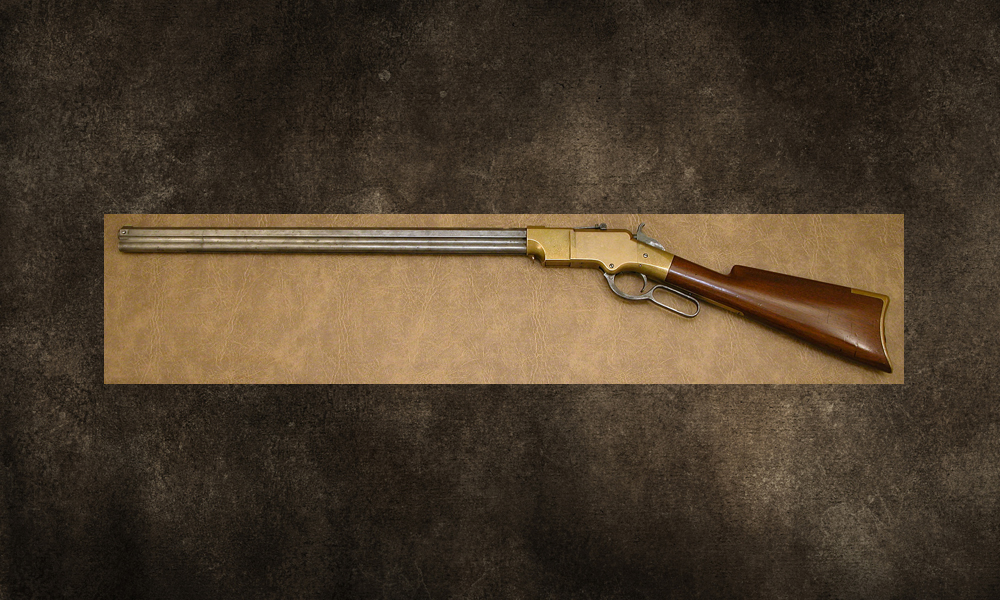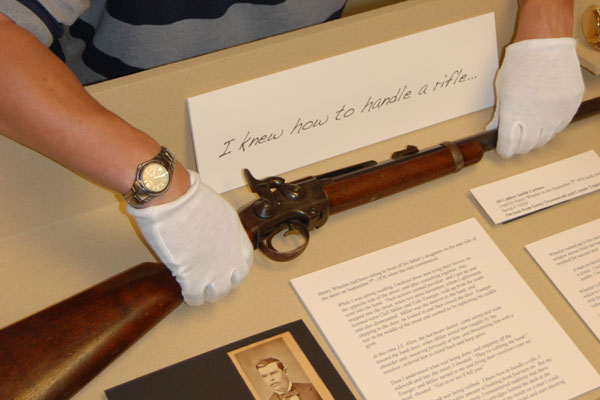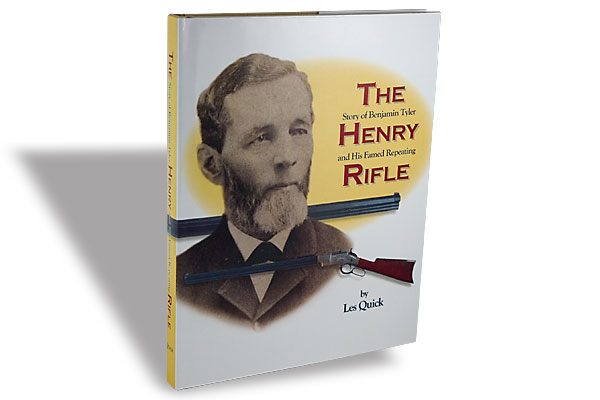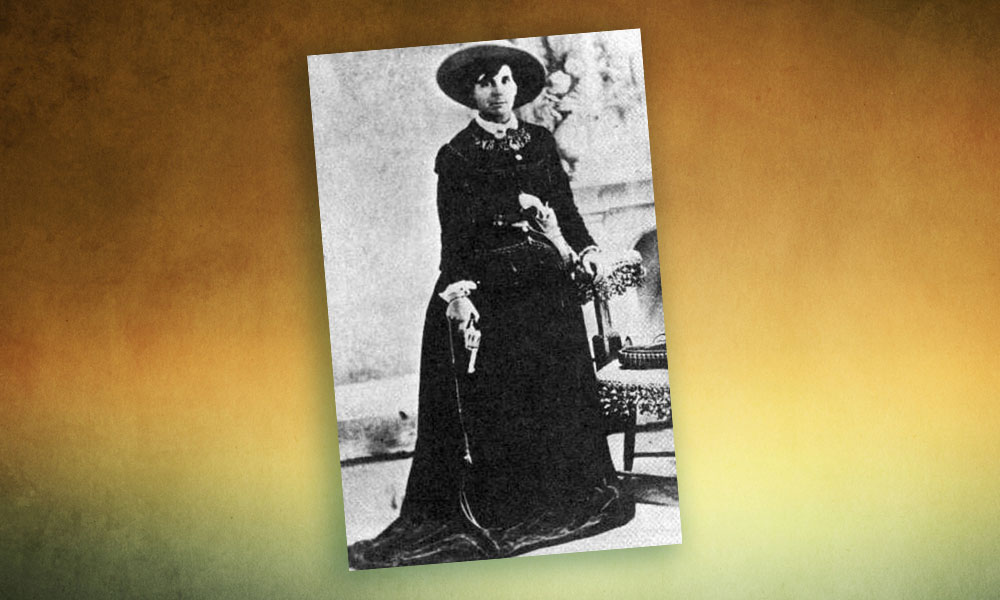
The legendary Model 1873 Winchester, has been called the favorite “Fighting rifle of the Old Civilian West.” The granddaddy of Model 1873 and all the models that followed was the Model 1860 Henry Rifle.
The story of the Henry Rifle begins not with Winchester but with two men named Smith and Wesson who would also find fame and fortune in the industry with handguns. They’d designed a self-contained cartridge in the early 1850s and with the help of others established the Volcanic Arms Company.
They needed stockholders to finance the business and a New Haven, Connecticut shirt maker named Oliver Winchester bought in and became a major stockholder. Unfortunately poor sales and mechanical failures caused Horace Smith and Dan Wesson to opt out of the business. Volcanic Arms went bankrupt and Winchester bought the inventory along with the Smith and Wesson patents on the cartridge design.
In 1857 Winchester formed a new company the New Haven Repeating Arms. A year later he hired a mechanical genius named B. Tyler Henry as superintendent. His first task was to devise a metallic cartridge. He was able to improve on the Smith and Wesson design and in 1860 he patented both the self-contained .44 rimfire cartridge and the Henry Rifle.
The rifle closely resembled Model 1866 lever-action Winchesters. In fact they haven’t changed much in the past 150 years. It was the first self-cocking lever-action rifle. The Spencer was the first lever action but the hammer had to be cocked each time before firing. The rim-fire rifle fired fifteen shots plus one in the chamber. It proved to be very popular even though it had to be loaded at the muzzle end. Unlike the breech-loading Spenser, which had a tubular magazine in the stock, the Henry had a tubular magazine under the twenty-four inch barrel similar to the lever-action .22 rifles today. This was done by compressing a spring by means of a thumb lug. The lug slid through an open slot that extended the entire length of the magazine. The open slot allowed dirt and grit to get into the magazine. Still, it was popular because it was easy to pack, only weighed nine and a half pounds and most of all, its fifteen shots provided tremendous firepower. In those days the average soldier could fire off three rounds a minute with his muzzle-loading Springfield.
The Henry at $42 each, cost four times that of the Springfield so the Army, in a shortsighted effort to keep costs down, purchased only seventeen hundred. Private organizations and state militia’s also purchased and used them in the war. Those units lucky enough to be issued the Henry enjoyed a tremendous firepower advantage over their Confederate foes. General Sherman’s army carried them on their famous or infamous march through Georgia and the rifles were described by Southerner’s as “that damned Yankee rifle that is loaded on Sunday and fires all week long.”
In 1864 Henry felt he was not receiving his fair share of the New Haven profits. He sought to have the Connecticut legislature award him the ownership of New Haven Arms. Winchester out-maneuvered him by changing the name to Winchester Repeating Arms. He also changed the basic design of the Henry, including a wooden forearm and Winchester employee Nelson King’s invention, a loading gate on the right side of the receiver. A total of 13,000 Henry’s were manufactured before it was replaced by the Model 1866 Winchester.
Henry left the Winchester Company and continued to work as a gunsmith until his death in 1898.






